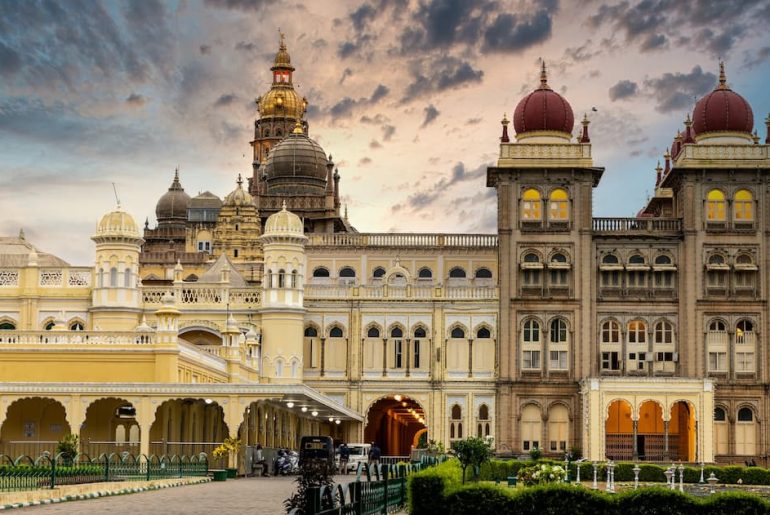Indo Saracenic Architecture

Indo-Saracenic architecture stands as a remarkable testament to the fusion between Eastern and Western architectural styles that emerged during the colonial era in India. This unique architectural style blends elements of Islamic, Mughal, and Gothic Revival designs with indigenous Indian craftsmanship. With its stunning domes, intricate carvings, and harmonious blend of cultural influences, Indo-Saracenic architecture showcases the grandeur and magnificence of a bygone era. In this article, we will delve into the historical context, key features, iconic masterpieces, regional variations, preservation efforts, and the lasting impact of Indo-Saracenic architecture on India’s architectural landscape.
3 Iconic Indo-Saracenic palaces in India
Victoria Memorial, Kolkata

The Victoria Memorial in Kolkata is a stunning example of Indo Saracenic architecture. This majestic white marble monument, built to commemorate Queen Victoria’s reign, blends Mughal and British architectural elements. The vast gardens surrounding the memorial add to its grandeur, making it a must-visit attraction.
Gateway of India, Mumbai

The Gateway of India in Mumbai is another iconic Indo-Saracenic structure. This monumental arch overlooks the Arabian Sea. This building was established as a symbol of remembrance in honor of King George V and Queen Marys’s entrance into India. Its impressive design, intricate detailing, and unique blend of architectural styles make it one of Mumbai’s most recognizable landmarks.
Mysore Palace, Mysore

The Mysore Palace in Mysore is a spectacular example of Indo-Saracenic architecture with a touch of European influences. This opulent palace showcases a harmonious fusion of Hindu, Islamic, and Gothic Revival styles. Its intricate arches, delicate frescoes, and vibrant colors make it a visual delight and a testament to its grandeur.
What are the key features of Indo-Saracenic buildings?
Indo Saracenic architecture, prevalent in British colonial India, combines Indian and Islamic styles. It features grand buildings with diverse ornamentation and materials, incorporating Mughal, Rajput, and Gothic architectural elements. Indian design elements, like chhatris and jali work, and local materials, such as red sandstone or marble, are included. This architecture reflects opulence, highlighting Indian heritage and Islamic influence, and is celebrated for its unique beauty in present-day India.
Visits to historic sites and architectural tours

Architectural tours and heritage walks in cities like Kolkata, Mumbai, and Chennai offer a chance to explore Indo-Saracenic architecture and appreciate the beauty and history of these structures. While preserving the original buildings is essential, there are contemporary adaptations that add a modern twist to the traditional design. Indo Saracenic architecture embodies the fusion of Eastern and Western influences, showcasing India’s rich cultural tapestry. Through preservation efforts and celebrating its legacy, will continue to captivate and inspire future generations, representing India’s architectural heritage.
Conclusion
The Indo-Saracenic architectural style emerged during British colonial rule in India, blending Indian and Islamic elements with European design principles. It featured grand buildings with onion domes, pointed arches, minarets, and intricate stone carvings. Although criticized as a colonial appropriation of Indian heritage, these structures represent cultural fusion and stand as reminders of India’s complex colonial past. Examples include the Victoria Memorial in Kolkata and the Gateway of India in Mumbai, showcasing the rich history and confluence of cultures in India.






